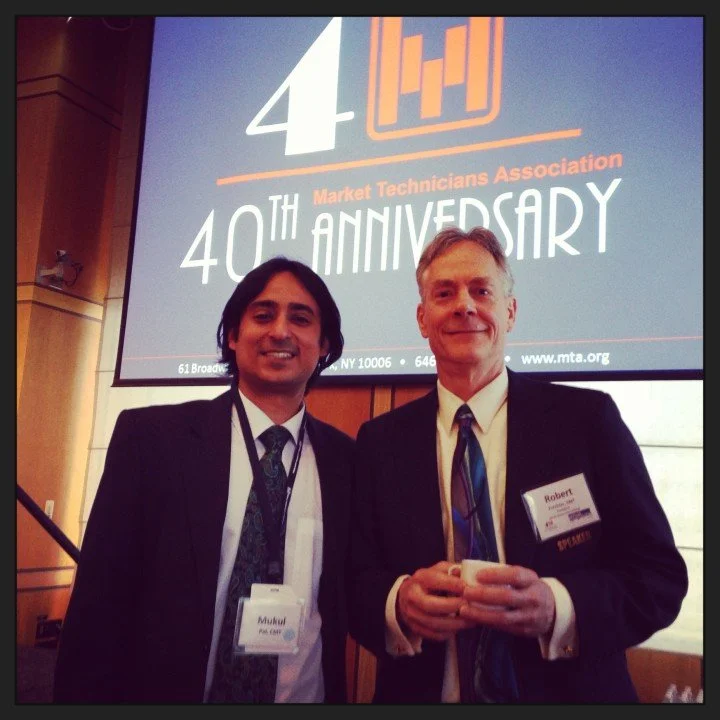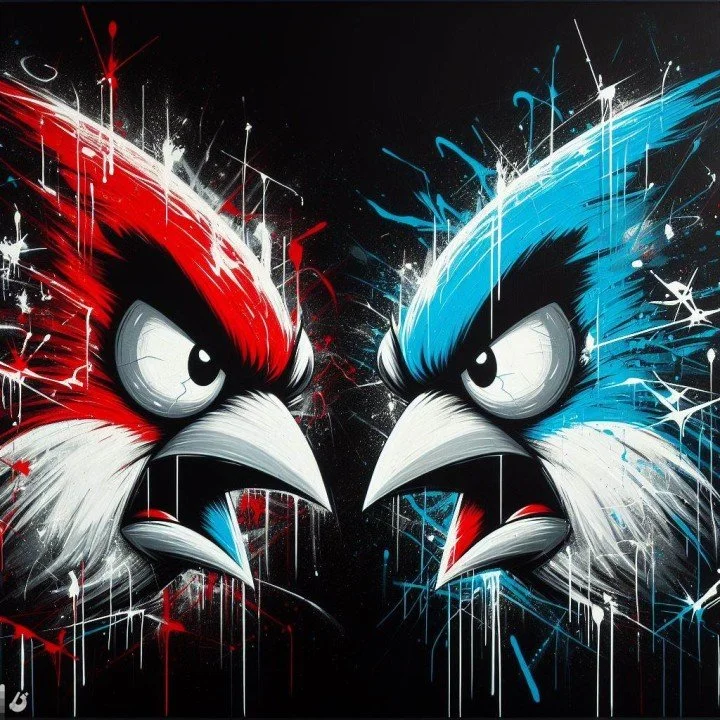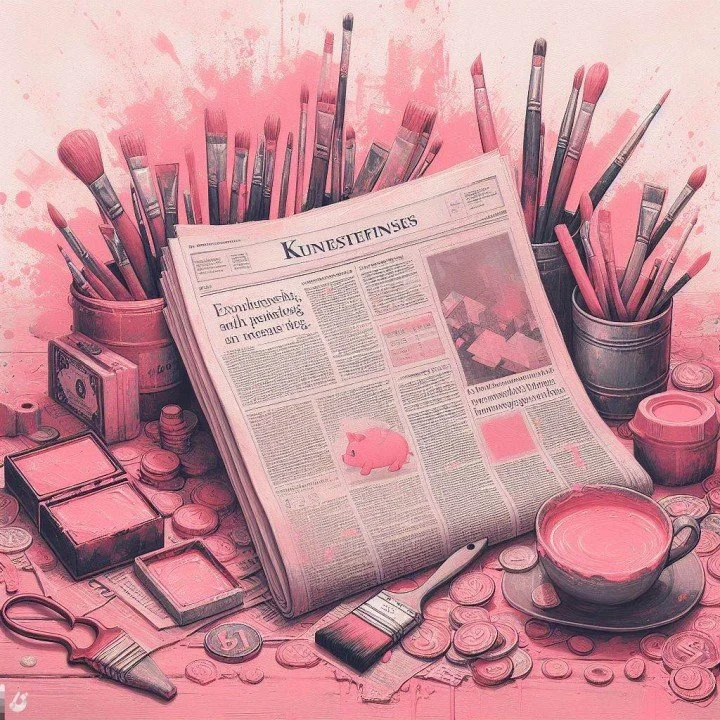In the year 2000, I conducted an interview with a gentleman known as AKR, who, during a teleconference about the derivatives market in India, advised, "Never fall in love with a tool." He was responding to my fervent exposition on the analytical tools I employed to forecast market trends. His remark took me aback, challenging and cautioning me simultaneously about my reliance on these measuring devices. In the financial markets, everyone has their preferred tools—be it a scale, a sentiment gauge, an intuition. AKR’s observation was a universal caution: if you become enamoured with your tools, you are destined for failure.
The two sequences of numbers start flying off the spreadsheet, like two fighting snakes, out of the screen into my throat, choking me. I woke up. This was not the first time I had nightmares about my clunky spreadsheet, but the dual sequences dancing together, was a first. My brain was engaged with a special price spread called Basis, which indicated the cost the market was willing to pay for today’s Index value in the future. The problem was that unlike the textbook which suggested positive time value of money, the Index Futures of India were always quoted below the Nifty 50 Index, the leading Index of India, suggesting that borrowing in the Future was cheaper than buying in the present. The markets were doing exactly the opposite of what was prescribed in the textbook, causing me nightmares. Under these weird markets, I started my Capital Market Research Journey with an Indian spread, Basis, as India’s first derivatives analyst on the 9th of June 2000.
You don’t wake up one day and decide to solve the 100-year-old stock market puzzle and end up creating Modern Science. Some puzzles unravel in mysterious ways and all they need is a sense of purpose, grit, coincidences, and a lot of faith in randomness.
We have a beautiful line of pine trees offering camouflage to our home in the heart of suburban Toronto. This sanctuary is a haven for Robins, Blue Jays, Cardinals, Finches, sparrows, occasional Magpies, and of course, energetic squirrels, rabbits, naughty raccoons, skunks, and fearless beavers who are not camera-shy and sometimes work tirelessly in broad daylight. This small sanctuary facilitates easier conversations with Ivy, my 6-year-old. A few days back, as a Robin perched under one of the snow-capped bristlecones and flew into the L-shaped large glass window frame, it was as if a high-definition film came to life. In that quiet moment, it seemed the Robin was pondering her big decision: whether to leave for her annual migration or stay. The reluctant snow and warmer winter seemed to make life both easier and more difficult for Robin at the same time. Easier because it could avoid the long flight, yet more difficult because the seasonal anomalies required adaptability and thought.
Once upon a time, in the bustling heart of Toronto, there lived a man who had recently moved into his first home with his family. It was a dream come true, a symbol of hope and new beginnings. However, amidst the joy, he found himself grappling with an unexpected challenge - his own anger.
It was sometime in 1995 when I first saw the pink papers in Gupta uncle’s house, it was instant love. Crisp, elegant, typography, still smelling of fresh ink on pressed paper. Gupta uncle as we called him was always kind to me, lending me those papers, as I used to relish them, in awe of this work of art. But what intrigued me most was the op-ed section, with this girl sketched on the center of the page and the author speaking about labor economics and the future of women. The power of words and the subject of economics all framed in the pink papers made a surreal dream of success. Could, I ever publish an editorial in that pink paper? Could I be the economist who could sketch that girl? I had no idea then about the art section and the gifted illustrators working in media. And how writing and art were two separate skills.
We embarked on a tram ride in Manastur, a suburb of Cluj, a city with a 2500-year-old Roman history, destined for the city center. The tram itself was a rickety contraption, with doors opening and closing abruptly, giving passengers mere seconds to hop on or off. Initially, this was quite unnerving, but it soon turned into a thrilling game. We began to relish the swaying, jolting, and frequent stops. The tram tracks stretched between Central Park and the river, offering views of nature on both sides, framed by uninspiring communist-era apartment buildings lacking any architectural charm. However, the river flowing through the city carried a magnetic energy that breathed life into the historic city, adorned with old Baroque structures and magnificent edifices.







